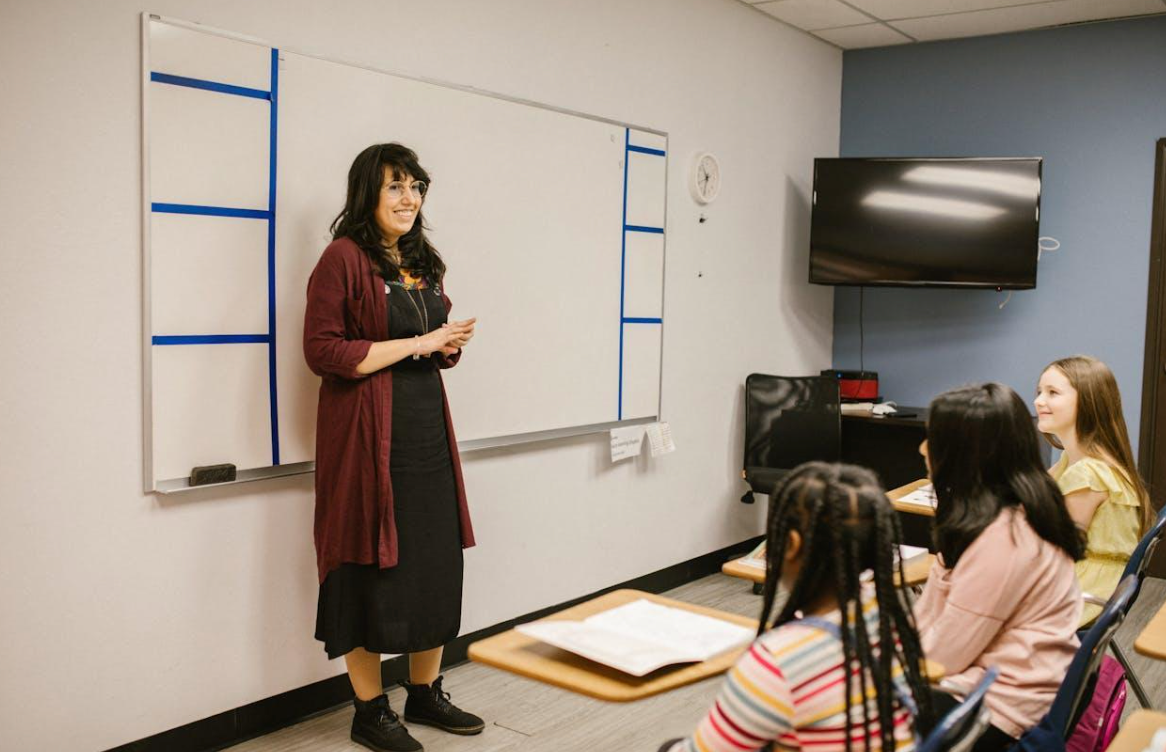The Breaking Point: When Schools Need More Than Teachers

Teachers today juggle endless roles—educators, mentors, even stand-in parents—and the strain is showing. With rising burnout and student anxiety, schools can’t rely on teachers alone; they need stronger support systems to meet students’ emotional and social needs.
The last few years have exposed the cracks in the education system. Mental health concerns have spiked among students, absenteeism has risen, and teachers are leaving the profession in alarming numbers. Classrooms are more complex than ever, filled with kids navigating learning gaps, family instability, and the lingering effects of a digital childhood. In this blog, we will share why schools need more than just strong teachers to thrive, the new kinds of professionals stepping in to help, and how the future of education may depend on collaboration, not endurance.
Beyond the Lesson Plan
Modern education isn’t just about reading, math, and science anymore. Teachers today are expected to manage emotional outbursts, detect signs of depression, and calm anxious students—all while keeping up with test scores and technology integration. That’s not a sustainable system. No matter how dedicated teachers are, they can’t do everything.
That’s where trained school counselors come in. Pursuing an online master’s degree in school counseling equips professionals to move into roles that make a deeper, more focused impact on students’ emotional and academic growth.
Programs like the one at Southeastern Oklahoma State University prepare teachers to address the growing emotional and social needs of students without stepping away from their current jobs. The “online” format isn’t just convenient—it reflects the same flexibility counselors need to model in modern education. Participants can study theories of development, diversity, and guidance while applying what they learn in real classrooms. It’s education that meets professionals where they are, designed for those already juggling full-time responsibilities but determined to do more for students.
This shift matters because the role of the school counselor is no longer secondary—it’s essential. Counselors are the link between academic success and mental well-being, helping students navigate not only their grades but their lives.
The Mental Health Crisis in the Classroom
Students today face challenges previous generations never had to confront. Social media fuels comparison and insecurity. Economic instability affects home life. And the effects of pandemic-era isolation are still unfolding. According to the CDC, rates of anxiety and depression among adolescents have climbed sharply in the past decade. Teachers feel this daily, even if they’re not trained to handle it.
A school counselor steps into this chaos with a different toolkit. They understand how to read behavior patterns, mediate conflicts, and recognize when a student needs professional mental health intervention. They’re not just advisors; they’re early responders. For example, when a quiet student’s grades start to drop or a once-confident teen withdraws from friends, a counselor knows how to uncover what’s really happening. That kind of insight goes beyond what even the most compassionate teacher can provide.
Collaboration, Not Competition
The future of education lies in redefining what “teaching” means. Schools that thrive are those where counselors, teachers, and administrators work together, not in isolation. Teachers handle academics. Counselors focus on emotional resilience and goal setting. Administrators create systems that connect the two. When these roles overlap effectively, schools don’t just function—they flourish.
Imagine a middle school where a counselor runs workshops on managing stress before exam week, while teachers adapt their lesson pacing to reduce burnout. Or a high school where students have regular one-on-one sessions about their future goals, ensuring that academic pathways align with personal strengths. These aren’t luxuries—they’re necessities in an era when student well-being directly impacts academic performance.
But here’s the irony: while education continues to evolve, funding for counseling positions often lags behind. Budgets favor technology upgrades and testing programs, while emotional infrastructure remains an afterthought. Yet, the schools that invest in counselors consistently report improved attendance, higher engagement, and fewer behavioral incidents. The math is simple—when students feel supported, they perform better.
Redefining What Support Looks Like
The old image of a school counselor sitting in an office waiting for troubled students to walk in is outdated. Today’s counselors are proactive. They’re in classrooms, collaborating with teachers, leading group discussions, and meeting parents. They help shape school culture from the inside out.
Teachers, too, benefit. With a counselor’s support, they can focus on instruction without carrying the emotional burden of every student crisis. It’s not about removing empathy from teaching—it’s about distributing it strategically. Schools that understand this dynamic are rewriting what effective education looks like.
The bottom line? The crisis in education isn’t about staffing or curriculum—it’s about imbalance. Teachers can’t do it all, and expecting them to has consequences. Schools need systems that work smarter, with counselors and mentors who see beyond test scores to the students themselves. When kids feel understood and supported, real learning happens.



